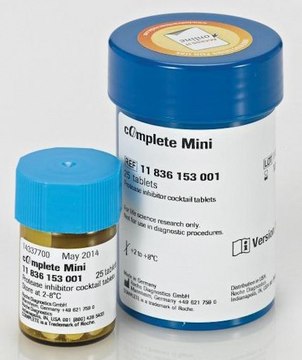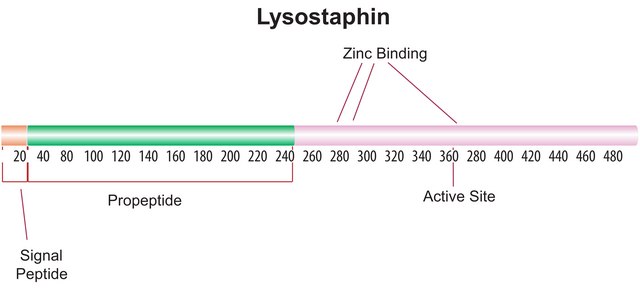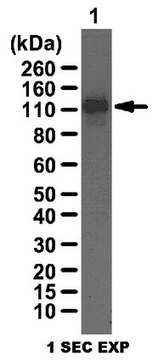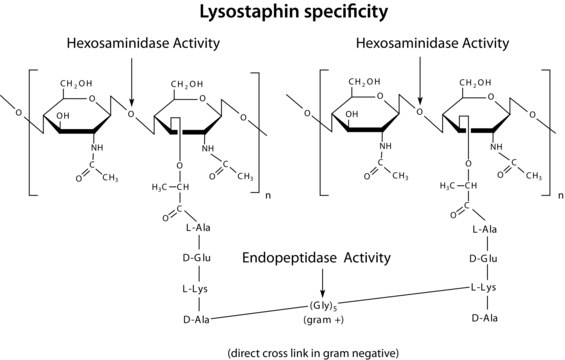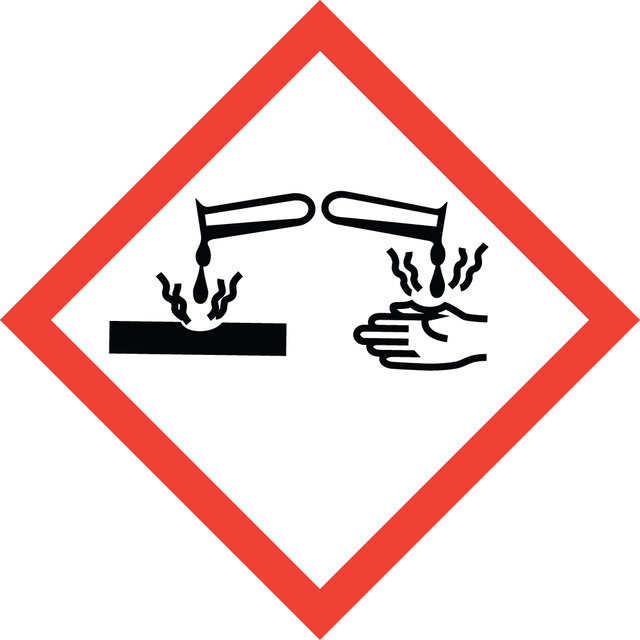71690
Sodium hydroxide
puriss. p.a., ACS reagent, K ≤0.02%, ≥98.0% (T), pellets
Synonym(s):
‘Caustic soda’
About This Item
Recommended Products
grade
ACS reagent
puriss. p.a.
Quality Level
vapor density
>1 (vs air)
vapor pressure
<18 mmHg ( 20 °C)
3 mmHg ( 37 °C)
assay
≥98.0% (T)
form
pellets
technique(s)
cell culture | plant: suitable
impurities
≤0.0003% total nitrogen (N)
≤0.0005% silicon dioxide (SiO2)
≤1.0% sodium carbonate (Na2CO3)
mp
318 °C (lit.)
solubility
water: soluble 1,260 g/L at 20 °C
Looking for similar products? Visit Product Comparison Guide
1 of 4
This Item | 221465 | 795429 | 06203 |
|---|---|---|---|
| grade ACS reagent, puriss. p.a. | grade ACS reagent | grade ACS reagent, anhydrous | grade - |
| assay ≥98.0% (T) | assay ≥97.0% | assay ≥97% | assay 98-100.5% |
| Quality Level 200 | Quality Level 200 | Quality Level 100 | Quality Level 200 |
| form pellets | form pellets | form pellets | form pellets |
| solubility water: soluble 1,260 g/L at 20 °C | solubility water: soluble 1,260 g/L at 20 °C | solubility water: soluble 1260 g/L at 20 °C | solubility water: soluble 1260 g/L at 20 °C |
| density 2.13 g/cm3 at 20 °C | density 2.13 g/cm3 at 20 °C | density 2.13 g/cm3 | density 2.13 g/cm3 at 20 °C |
General description
Application
It may be used in the synthesis of following compounds:[5]
- alkylaryl amidosulfobetaines
- (3-[ 4-teroctylphenoxyethoxyethoxyethyl] dimethylammonio propane sulfonate (XOSB)
- trisulfobetaines (TriSBn)
Other Notes
signalword
Danger
hcodes
Hazard Classifications
Eye Dam. 1 - Met. Corr. 1 - Skin Corr. 1A
Storage Class
8B - Non-combustible corrosive hazardous materials
wgk_germany
WGK 1
flash_point_f
Not applicable
flash_point_c
Not applicable
Choose from one of the most recent versions:
Already Own This Product?
Find documentation for the products that you have recently purchased in the Document Library.
Our team of scientists has experience in all areas of research including Life Science, Material Science, Chemical Synthesis, Chromatography, Analytical and many others.
Contact Technical Service